Square and PayPal are two literal behemoths in the digital payment processing industry.
With a superior level of service, both PayPal and Square have risen above the competition. Users have benefited significantly from this by getting a platform that allows them to make payments all across the world.
In your search for the best payment platforms, if you’ve settled on either one of the two discussed here, then you made the right choice.
But while both these platforms are effective in their own right, you might be wondering which is better. Is it PayPal or Square?
If you’ve stumbled on this question and are looking for an answer, you’ve come to the right place.
In this post, we’ll be providing a comparison on PayPal vs Square.
We’ll be covering everything in this post and answer all your queries related to both the platforms. When you’re done, you will:
- Know what both the platforms are
- Their features
- Their usage charges
- Their billing processes and,
- Which ones are the best for your business?
So, without wasting further time, let’s being the comparison:
Square Vs PayPal: The Essentials
What are Square Payments?
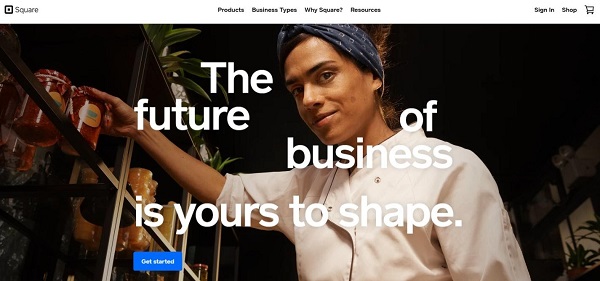
Square is one of the leading payment aggregators in the world.
Centered around providing financial services, the platform allows businesses and individuals to make payments across the globe.
Their payment platform is one of the immaculate platforms in the world, allowing users to make transactions from all across its region of operations.
Square is a platform built for small business operations.
If your cash flow is less than $10,000, then you can use Square to your advantage. Here’s how you can do so:
Square works best for small businesses that run a cash flow of not more than $10,000 per month. Also, they do not charge any fixed monthly costs and offer a free POS system, making it the best payment processing solution for small businesses.
What is PayPal?
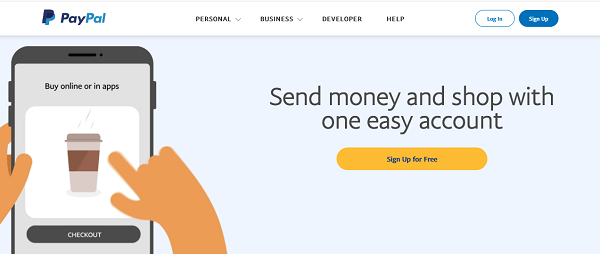
A veteran in digital payment processing, PayPal allows businesses and individuals to transfer payments electronically. With PayPal, you can make payments on any kind of eCommerce store or business without worrying about security.
As a business, you can conduct transactions across the globe. It’s one of the most convenient methods to exchange cash with anyone from across the globe.
When you have an account created, you can transfer money to international bank accounts directly, there is no requirement that you need a PayPal account. However, there are additional charges associated with such transactions.
If you’re working with clients and businesses the world over, having a PayPal account can help you seamlessly receive payments and manage your bank accounts.
If you want to go the extra mile with PayPal, you have the option of using a business account.
It has a lot more value addition than the regular accounts since it allows you to have a PayPal ATM as well as request a cheque option.
Now that we’ve finished a basic introduction to both the platforms, it’s time we discuss the features.
Square vs PayPal: Features
Compatibility: Square and PayPal
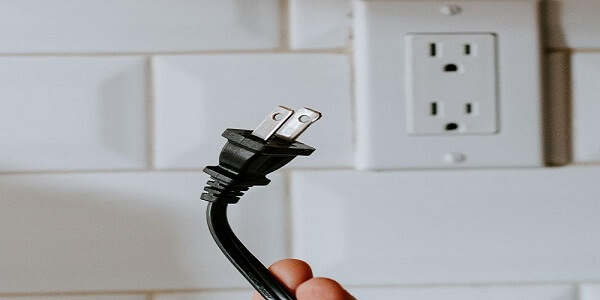
Digital transactions of the past were pretty standard. They aren’t as technologically savvy as they are today.
The ways you make digital payments have evolved a lot in the past couple of years.
If you’re an online seller, and are looking to create a payment system on your store, then you need to ensure that your payment gateway is powerful in providing powerful software and hardware systems.
At the point of sales level, both Square and PayPal are highly functional. They work across a variety of different software systems.
This cross-platform compatibility allows both of them to be used across multiple devices from Android, iOS and others.
In the context of hardware systems for PoS operations, Square is a lot more effective. From the Square Stand, Square Register, to the Contactless Chip reader, Square credit cards, and others, Square stands a class apart when it comes to software systems.
While there are plenty of reasons for PayPal not providing similar functionalities in this regard, Square is not lagging behind even if the payment volumes are lesser than PayPal.
Another major difference between PayPal and Square lies in the Point of Sales system. While Square has a built in POS system, on PayPal, you actually have to integrate with Vend POS (a third-party application) for the POS system to work.
If we were to talk about similarities with regards to compatibility, both Square and PayPal offer a variety of value-added options like cash drawers, receipt printers, and barcode scanners.
These are integrated externally, but they’re highly functional.
Ease of Use: Square vs PayPal
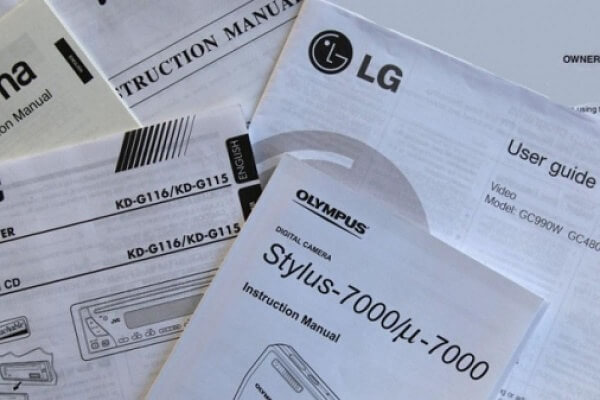
An important thing to remember when subscribing to a payment processor is how much of the solutions functionalities align with your business processes.
A good example of this is needing a POS for your online business process, checkout services, or an android application to manage your payment processes.
In all the three scenarios we’ve mentioned, using both PayPal and Square isn’t a bad choice.
Both are user-friendly and get the job done without the user going into technicalities. I’ve already mentioned the use of a POS system above. As far as the others are concerned, checkout services and mobile applications are available for all devices and platforms.
For users starting out their business processes, Square is an ideal choice. However, PayPal is even easier and more popular, so this is an important decision-making factor.
But here’s the thing: Square is faster than PayPal in terms of processing payments.
This section is a bit topsy turvy for one simple reason. The ease of use depends on the “user”.
You see, I can write words upon words on how easy I think PayPal is over Square, but overall, it’s a good solution.
Mobile POS and Payments: Square vs PayPal
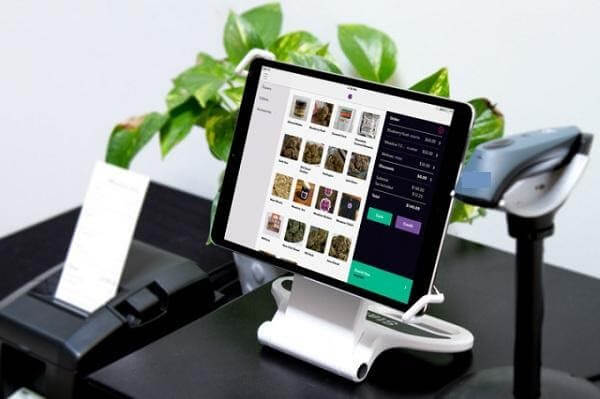
Speaking of mobile applications and their PoS capabilities, both Square and PayPal are equal to one another.
By equal, I mean that both of these platforms have a mobile application. The functionalities of those applications are where the real differences arise.
You see, Square has been developing it’s PoS mobile applications to a significant degree and provides support for both offline payments as well. With back-end controls and payment management, you can optimize your POS processes.
The PayPal system is quite strong in this matter as well. The mobile application is very user friendly and allows you to make seamless online payments.
Robust Business tools: Square vs PayPal
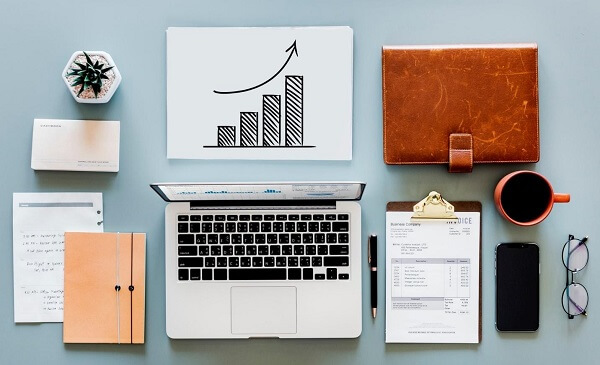
Both Square and PayPal provide business tools in general.
On Square, you have the option of using built-in business tools. Some of them include the option of having a free website, as well as Square Checkout, which you can integrate into your site with ease.
On PayPal things are a little bit different. You can create a checkout system, and use a variety of business tools, but only as third-party extensions. In addition to that, you can also build an extension for your business as well.
Reporting Features: PayPal vs Square

In terms of providing reporting features, both the platforms are generally the same with a few exceptions.
On PayPal you have the option of selecting multiple reporting options ranging from online payments to, payment type, number of items, and more. On Square, you can have all that with the help of a few modifiers which help track your online payments from the dashboard.
Besides the differences, there are plenty of similarities between the platforms as well.
- Cross browser usage of the POS application
- Automatic recording of online transactions
- Multiple discounted roles
- Item’s library
- Invoicing
- Billing
- Refunds
- Security protocols
…among other powerful features.
Customer Support: Square vs PayPal

When it comes to customer support, both of these payment platforms aren’t that well-revered and for the right reasons.
Now, they provide all the functionalities out right, but their level of service isn’t something that you’d go home and talk about. Simple as that.
You can contact Square through social media, the help center, through the website, phone, email, seller community, and other places. But the level of service is poor to say the least.
Now this can be attributed to the heavy orders on the store, but that’s no excuse to compromise on customer services.
Similarly, PayPal provides you the same channels and the same level of customer service.
Summary:
The payment system you select will be primarily based on the needs of your business. If you want a single payment solution with plenty of business features, then Square is your best choice since it comes with a wide range of value-added options for your business.
However, if you’re running a large-scale operation and want support for international business transactions, micropayments, and more, then PayPal is the way to go.
Now, you can have both of them integrated with your business. Both platforms don’t bind you into using only their software.
Ideally, you should have both payment gateways with you since it’s a best practice in general.
If you’re a WooCommerce B2B store owner and want to enhance your productivity, then B2BWoo is the best option for you. It’s a one-stop-shop for your every WooCommerce B2B eCommerce solutions.
Read Also
